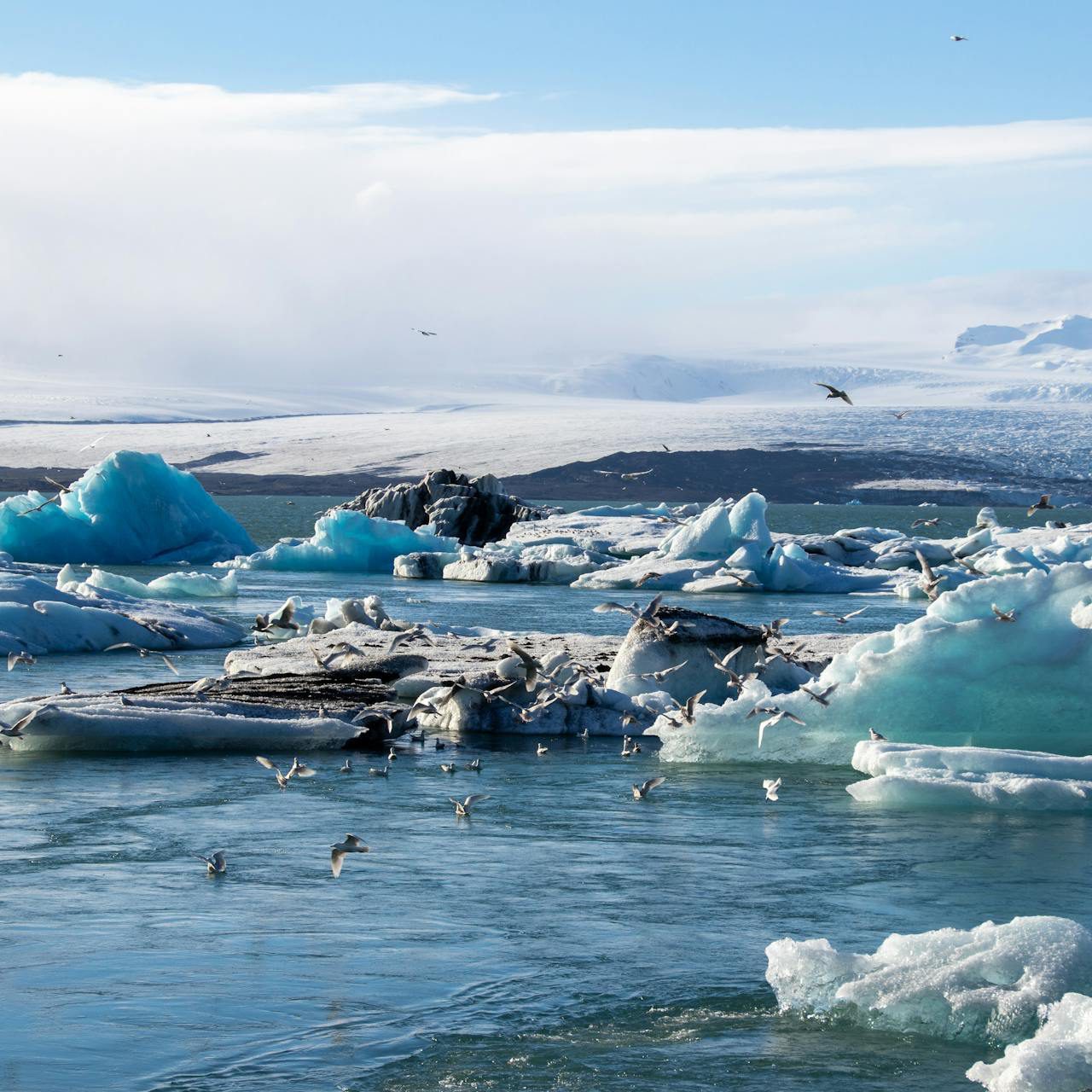Over the last 20 years, the Arctic sea ice melting rate unexpectedly slowed down. Arctic sea ice is the layer of frozen seawater that floats on the surface of the Arctic Ocean. It plays a crucial role in the climate system, as it reflects the majority of solar radiation, slowing down the heat absorbed by oceans, and it is home to many species, including polar bears. According to a research published in the scientific journal Geophysical Research Letters, the temporary slowdown of the reduction of Arctic sea ice concentration could be linked to small natural climate variations, and, in particular, to the multi-decadal cycles of Atlantic and Pacific Ocean currents. These cycles affect the quantity of warm water reaching the Arctic. In the last years, their shift has reduced the flow of warm currents toward the North Pole, partially offsetting the effects of global warming in the area. However, scientists emphasise that this is only a transient phase, destined to be reversed in the near future, when the ice decline could become even faster than in the past.

Even though climate change can temporarily deviate, this shouldn’t be seen as a way to disprove the climate crisis we are witnessing, which is continuing its course and becoming increasingly intense.

Even though the slowed-down melting rate of Arctic sea ice is good news in itself, we should keep in mind this is only a temporary reprieve. As the Guardian reports, it is very likely that the Arctic sea ice concentration will resume its reduction twice as fast than in the past. In short, the long-term trend remains a gradual reduction. Indeed, satellite data show the Arctic sea ice’s minimum concentration has been halved compared to 1979, and it has also lost thickness, although not in a steadily manner. Even though natural cycles may temporarily slow the process down, at this rate the Arctic will inevitably suffer periods without sea ice before the turn of the century, with massive consequences on the local ecosystem and on the global situation.
Researchers say that this kind of slowdown is not a first in climate history. Even global warming went through apparent periods of stability, like in the decade following 1998, before resuming its decline with greater intensity than before. Therefore, this phenomenon should not be seen as a way to disprove the climate crisis we are witnessing, but rather as a temporary deviation within a long-term, consolidated and worrying trend. Science continues to prove that climate change is unequivocally caused by human activity, and will have very severe consequences. This is why scientists stress the need to drastically reduce emissions into the atmosphere, regardless of any temporary variations in the climate system.

In the course of its history, Earth has crossed very different climate phases, and we were able to reconstruct them through the traces left in rocks, glaciers and sediments. However, past climate change occurrences were caused by natural factors, such as variations in solar activity, big volcanic eruptions, changes in ocean circulation, and, at least in one exceptional case, by an asteroid colliding with the Earth. Nevertheless, none of those mechanisms can explain the increase in the average global temperatures observed in the last decades, which is entirely caused by human activities.
Also, the majority of past climate changes occurred over thousands of years, while the current climate crisis is growing in intensity in a few tens of years. From the 1750s Industrial Revolution onward, man has released billions of tonnes of carbon dioxide (CO₂) and other greenhouse gases in the atmosphere, generated mostly by carbon, petrol and gas combustion. For a long time, we believed the oceans were able to absorb almost all the CO₂ – as they partially do, although they are gradually becoming more and more acidic. However, at the end of the 1950s, after the first measurements, we realized the majority of these greenhouse gases remain in the atmosphere, accumulating there and contributing to raising the global temperature, with disastrous consequences on ecosystems and living species.
